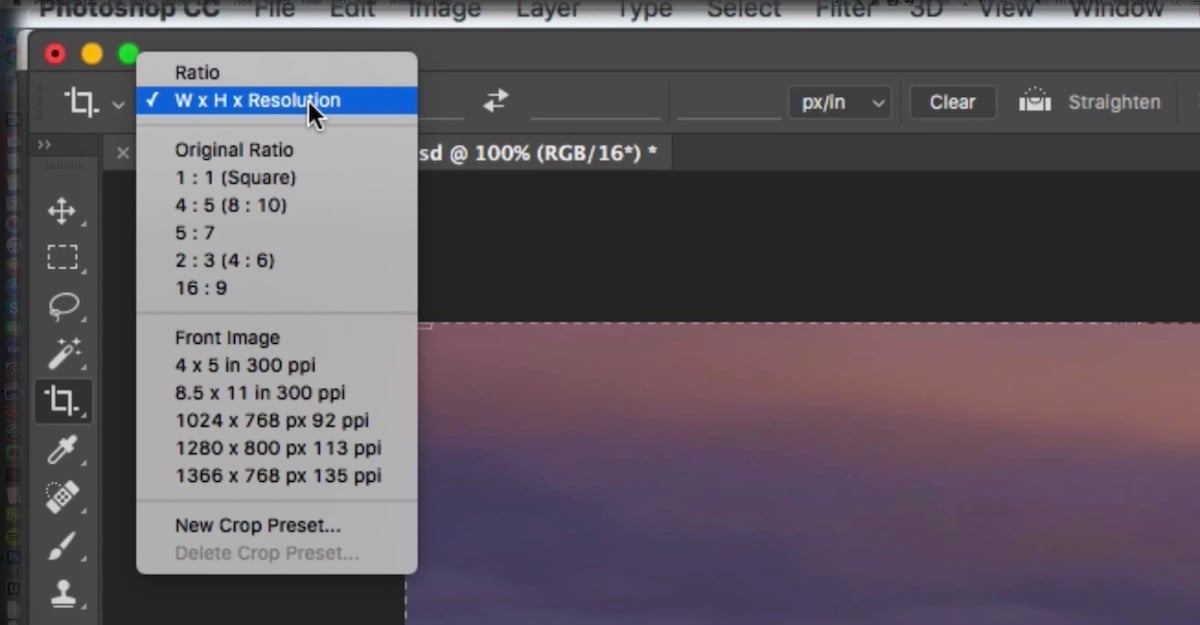

As a result, the image’s height will adjust itself in accordance. Simply assign a new value to the image’s width property.

Start with the question “how to make an image responsive in CSS?” When an image is uploaded to a website, it is endowed with default height and width.
#Html resize image to fit how to#
Recommended Read: How To Test Website in Different Screen Sizes How to make an Image Responsive Newer formats like WebP may not be compatible with every browser, in which case images will have to be made available in JPEG format as well.
For both the above cases, images will have to be made responsible in multiple resolutions so that they can scale accordingly.ĭifferent browsers support diverse image formats. In the case of a fluid (responsive) layout, images need to stretch or squeeze to align with its changes. That means high-resolution screens display high-resolution images, but low-res screens should not have to deal with the extra pixels. The image should be able to render crisply at different device-pixel-ratios. In real-world usage, that means that the image should have the following attributes/abilities: Quite simply, a responsive image responds and adjusts to different screen sizes. What is a Responsive Image?īefore wondering how to make images responsive, it’s worth taking the time to understand what a responsive image is. This article will explore and describe the process by which web developers can create responsive images. In other words, web developers must make images responsive. Thus, no matter the device from which a website is being accessed, images have to render correctly and presentably. Images depict, clarify and make information more accessible and understandable. Nobody wants to skim through blocks of text with no image in between. Using the right image is integral to creating an aesthetically pleasing and relevant website design. However, given that most modern websites have rich, layered designs that incorporate text, image, and video to attract, communicate with and retain users, implementing responsive design might not be too easy. That every website that wants to stand a chance of being successful needs to implement a responsive design. What do the above stats reveal beyond the shadow of a doubt? More than 4 billion people access the web through 9000+ distinct devices. 70% of web traffic happens on a mobile device. 50% of people said that even if they like a business, they will use them less often if the website isn’t mobile-friendly. 61% of users said that if they didn’t find what they were looking for right away on a mobile site, they’d quickly move on to another site. 57% of internet users say they won’t recommend a business with a poorly designed website on mobile. 74% of people are more likely to return to a website if it’s optimized for mobile. If you change image processing methods or options, or if you rename or remove images, the resources directory will contain unused images. If you include this directory in source control, Hugo will not have to regenerate the images in a CI/CD workflow (e.g., GitHub Pages, GitLab Pages, Netlify, etc.). Hugo caches processed images in the resources directory. Image Processing Performance Consideration You can set the anchor point manually, but in most cases the Smart option will make a good choice.Įxamples using the sunset image from above: Smart Cropping of Imagesīy default, Hugo uses the Smartcrop library when cropping images with the Crop or Fill methods. To improve performance and decrease cache size, if you set neither excludeFields nor includeFields, Hugo excludes the following tags: ColorSpace, Contrast, Exif, Exposure, Flash, GPS, JPEG, Metering, Resolution, Saturation, Sensing, Sharp, and WhiteBalance. The Fit, Fill, and Crop methods require both width and height. With the Resize method you must specify width, height, or both. The order of the options within the list is irrelevant. The Resize, Fit, Fill, and Crop methods accept a space-separated, case-insensitive list of options. You may include or exclude specific tags from this collection in the site configuration. Format with the time.Format function.Lat GPS latitude in degrees.Long GPS longitude in degrees.Tags A collection of the available Exif tags for this image.





 0 kommentar(er)
0 kommentar(er)
